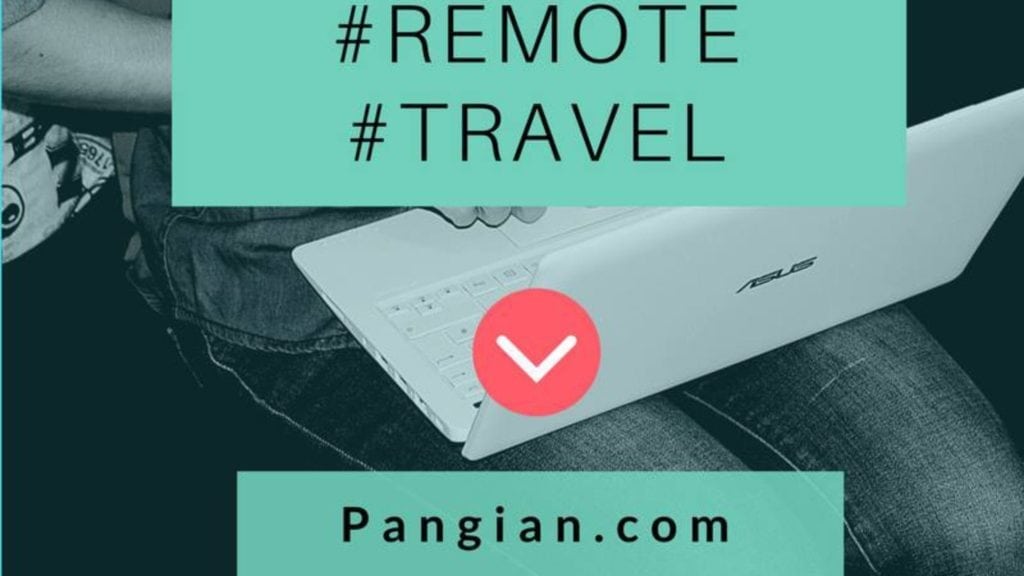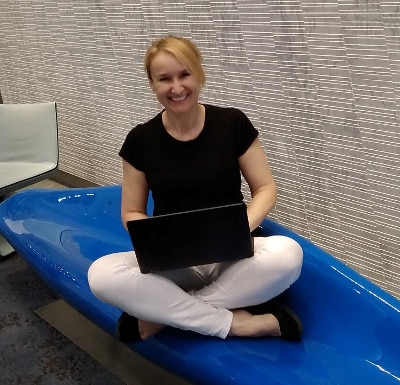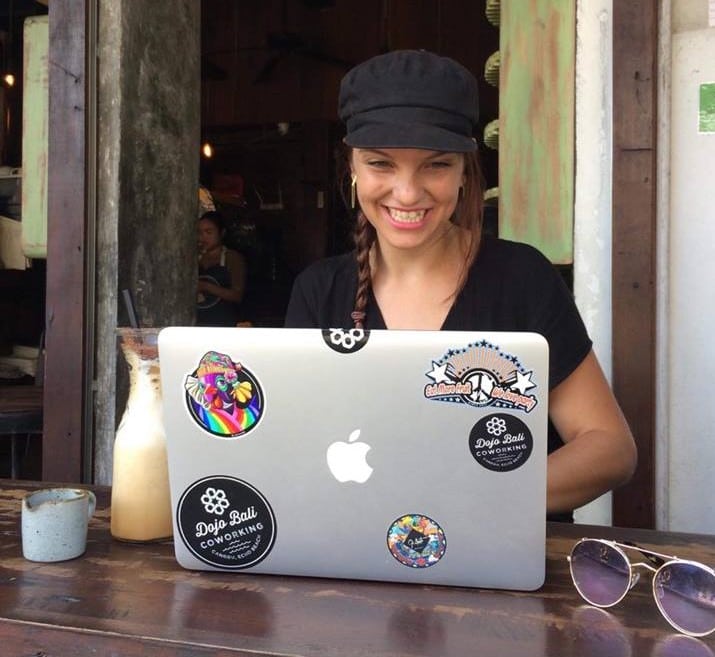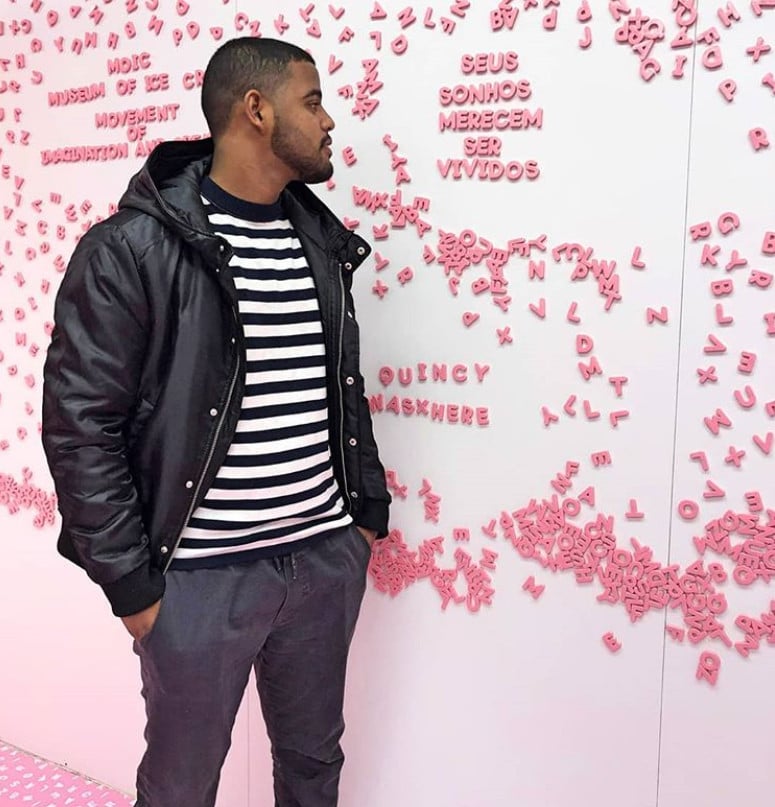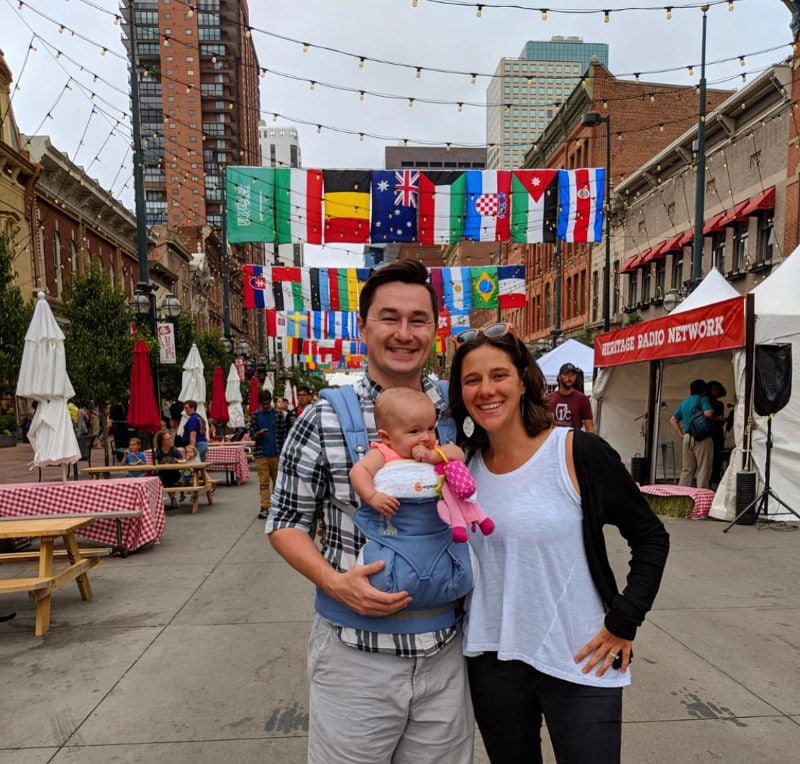5 Tips on How to Write a Winning Resume for Remote Jobs


By Summer Paulus
I Gotta Create a What?!
So, you had just finished taking an online certification course, or you had just walked across the stage of graduation from a top ranked university.
Your loved ones have been asking when you’re going to land that remote job.
Particularly your aunt, who just won’t stop pestering you on whether or not you’ll land that dream, remote job in the Bahamas, working from your laptop while dipping your toes in crystal clear waters?
To silence their anxiety (and that naggy aunt), you begin researching on how to write a resume (US) or CV (European/International version). Because you had been told, again and again, that you will need one in order to successfully land a remote job, right?
However, as you start looking at examples online, you realize there are a lot of formats to choose from. All with different styles, designs and compositions.
In fact, there’s so many different ones it’s difficult to choose which is best to use for your own resume. The following questions race through your mind:
- “What’s the best format?”
- “Exactly what should I include in my remote resume?”
- “Should I put my name first and how should I stylize it?”
- “Okay, should I include my favorite hobby of pro gaming?”
- “Where should I stick my contact information?”
- “Will I make mine black and white, or colorful?”
- “What’s this thing called “objective?”
- “How do I make my resume stand out to recruiters, so I can get a dream job working remotely?”
Feeling overwhelmed yet? I bet you are.
No worries though! Read on, future digital nomad. Pangian’s got you covered!
Reality Check
But first, before you dive into the 5 tips detailed below, it’s time for a reality check!
“Huh?”
Yep. It’s the fact that you will be “marketing” yourself to a recruiter or hiring manager.
And guess what?
They have a job too: It’s finding the best candidate for their companies job posting.
That involves sitting at a desk for hours at a time. Shifting through hundreds of resumes or CVs and selecting the best candidates for interviews.
They’ll evaluate your skill sets, results you deliver, education, experiences and mostly importantly, your fit for this position.
If they hire the wrong person for that position, it could jeopardize the company.
And you do want to be an asset to the company, right?
If so, here are 5 tips on how you can create a winning resume that’s going to get you that dream, remote job in no time!
Tip One: Resume is a “Marketing Document”
First, let’s get one thing out of the way. There is a preconception out there that a resume is a chronological listing of your job history, skills or experiences. This cannot be further from the truth.
The reality is a remote resume or CV should be viewed as a “marketing document.”
Marketing document? Yes, it’s a “showcasing” of yourself, why you’re the best fit for that remote job position.
Imagine: The hiring manager has posted a web design position on their website and you apply. They review your resume and are so impressed that they leave a voicemail on your cell stating that they’re calling about your application and they want to set up a time for an interview.
So, what did this web designer do to earn that phone call?
They did the following:
- Kept their resume or CV concise at 1 – 2 pages max. They did not include the list of everything and anything they have ever done or learned. Instead, they focused solely on highlighting their education, skills and experience that make them the perfect match for that specific job and the company.
- Included results of their work and portfolio of websites they designed.
The wishful web designer created a focused resume that hit all the specifics listed in the job posting. Therefore, they got that phone call requesting an interview.
But how does one go about focusing their resume/CV?”
Prepare yourself, for Tip #2 is incoming!
Tip Two: Showing Off Your Best Trait
Okay, so you have a basic understanding of what’s expected of you as an applicant. And, as a matter of fact, there’s not a lot to worry about, for a resume is pretty basic.
You’re showing off your best skills, experiences and results that match the job opening, after all.
Let’s say you’re a Social Media Guru and you blog on the side. You apply for a remote job writing content for Facebook ads, so you want to focus on showcasing both the social media marketing and writing ability, while including the results.
Awesome! What about a job that’s just for social media or for blogging?
You can make two separate resumes showcasing those separate skill sets. One focused on your social media skills and the other in blogging.
Including both skill sets, in this case, may confuse the employer as the job position does not ask for both.
They will be doubtful about hiring you because they’ll ask:
“Are they a social media manager or an experienced blogger?”
In return, you may lose against the applicant with a tighter resume or curriculum vitae, a candidate who is an expert, is passionate about what they do and who delivers proven results.
When you write your remote resume, you want to “Wow!” the hiring manager, showing you’re the perfect fit for that position.
So, settle on showcasing the skill sets and results that the employer is actually looking for.
So you’ve done all that, now the question is how you grab the attention of the hiring manager?
I have 3 words for you: 6 Seconds Rule.
Yep, you read that right.
Tip Three: The Vital “6 Seconds”
First, consider this scenario:
So, a manager has finished a meeting and they decide it is time to begin reviewing resumes. Spending a few hours reviewing these documents of 400+ applicants.
Opening up the first document, they quickly scan the top section of the resume.
Now, recall that the manager has 400+ resumes, some with or without attached cover letters. Time is of the essence.
That means that a resume doesn’t have very long to make an impression. Again, the recruiter will open a resume and quickly scan the top. If they’re “Wowed” with that part, they’ll move down, glancing at the rest. Lastly, only if the content of the resume or CV sounds like a match with the position they’re hiring for, they’ll review the contact information.
All within the first few seconds or minutes of the manager opening up the documents, glancing at the first top half of the resume, before deciding on whether or not you’re a good fit.
The manager will ask themselves the following questions:
- Are they the best fit for the role?
- Would this person be a great fit for the team and the company?
- Is this someone I want to interview?
Thus, you need to view the top half of the document as “prime real estate” for passing that “6 second test.”
And remember, they’re specialist at reviewing documents. Therefore, do the following for setting-up a winning remote resume:
- Put your first and last name at the very top and don’t shy away from CTRL+B for bold formatting. This tells the recruiter that you’re a confident candidate.
- Choose font type that is easy to read, such as Arial or Times New Roman. Don’t select a font like Edwardian Script, because it’s pretty much unreadable in a smaller font size.
- Have your resume or curriculum vitae uniformed in its use of white spacing throughout. Use the spacebar and enter key to allow for easier reading.
- Put the role title listed on the remote job your applying for into your resume or CV. It is basically telling the employer that you are applying for that exact position and you know it.
- When it comes to a resume’s look, keep it simple and easy to read. Stick to 1-2 colors to allow the recruiter to focus on the content of your resume/CV (that’s the reason they would call for an interview) vs being distracted with too many colors or graphics.
How about that work history or education history? Should you include it upfront?
The answer lies, once again, in matching your resume to the job opening.
If the employer listed that they’re looking for a candidate with “3 certifications in engineering software” and you’re certified in all three, include those upfront.
What about this section called “Objective?”
Objective was a 1 – 2 sentence statement underneath your name, outlining your interest in the position. However, it is a fossil now and should not be included in your resume.
Why not include it? By the very act of submitting your application, the hiring manager already knows you’re interested, so essentially you’re wasting their time. Erase “Objective” from your memory.
Instead, create a powerful 1-3 short sentence intro or a personal marketing statement that will instantly show that you are a perfect match for the job.
Lastly, if you’re still overwhelmed by this whole “resume document thing,” you can head on over to Canva and select a template. Do keep in mind that you want to stay away from the busy ones.
What constitutes “busy?” Anything that will distract the hiring manager from reading the content and not seeing your potential as a perfect candidate for the job, like lots of competing colors, graphics, etc.
A good rule of thumb is to ask yourself: “Am I more drawn to the “look” of the document than the information?” If so, choose a more basic layout for your resume or CV so its not a distraction for the reviewer.
What if I spot a really “artistic” resume that I want to use?
Unless you’re an artist, applying for an artistic position and want to show off your skill, stick with simplicity.
Ultimately, to win the recruiter or a hiring manager over in those vital “6 seconds:”
- Keep the top section of your resume powerful, showcasing top characteristics that the employer is looking for.
- Use “easy-to-read” font type.
- Include spaces between text to make it super easy to read.
- Make your name stand out for the recruiter, to show confidence.
- Keep the layout simple, avoiding excessive number of colors or graphics.
- Avoid the “Objective” statement. Instead, use the powerful intro.
Before you know it, they’ll be reviewing the entire document and will be calling you in for an interview!
Tip Four: Results!
Next, you want to exhume those flashy, past results to land that remote job!
So, how do you go about doing it?
You want to be as specific and concise in your language, focusing on only what you did and how well you did it.
So instead of saying:
“Graphic Design: Created posters using Adobe Suite Products.”
Replace it with the “results-oriented-terminology,” like the following:
“Graphic Design: Created 300 posters in Adobe Illustrator for NASA internship showcasing their 50-Year Anniversary Apollo Space Program for 3 months.”
You see, you’re illustrating that skill for the employer by telling them:
- How much content you made.
- With what product.
- For which employer.
- The specific program or procedure used.
- The exact length of time.
Makes sense? How about you’re currently a UX Designer for Spirit Airlines. You may write:
“Created “How it Works” subscription content for Spirit Airlines for 4 months. Wrote less than 300 words in a clean layout that resulted in a 40% increase in QTR 2 sales.”
Now, you’re almost there!
The final step is to maximize your winning, remote resume or CV to its fullest potential. Which leads us to Tip #5: Customize, customize, customize!
Tip Five: Customization
Again, I cannot stress enough that it is important that you create your winning, remote resume to match the specific job description.
Now, if the employer listed a program you’re really knowledgeable about or familiar with, state that to the hiring manager that: “I already use X product and I don’t need to be trained. I am ready to get right to work!”
Remember, you want to be bold, confident, assured you’re the perfect fit for that remote job!
Last, but not least, there’s a catch when submitting anything online.
It’s a “monster” that lies in wait for its victims to wander into its domain, judging your submissions with a critical eye, keeping or discarding documents.
This “monster” is called the “ATS”. But no worries, customization will help with that as well.
So what is “ATS”?
The ATS or “Applicant Tracking Systems” is essentially used by employers to filter applications that fit their selected job requirements and candidate preferences.
Thus, if your application doesn’t meet the listed criteria, it will be filtered into the “dungeon folder,” kind-of similar to a “spam folder” in your email account.
So to make sure that ATS passes yours through to the hiring manager (in addition to matching key job requirements like education, skill set and experiences to the job posting), also use the keywords and lingo that is already used by the employer in the job posting.
If an employer uses the word “software” vs “application”, you use “software” in your resume. If an employer uses “customer” vs “client”, you use… “customer”. Yup, you got it!
The more matches your can create, the more favorable ATS will treat your resume.
Your Winning Resume
Overall, you want to be bold and professional when creating your winning, remote resume or CV. By being mindful of the hiring manager’s time, you can create immaculate documents that are going to sweep them off their feet within those vital 6 seconds.
- Showcase your skills, experience, education and results that match the job requirements.
- Format your resume/CV so it’s easy to read and review.
- Be confident! And that confidence will, in turn, shine in your document(s).
By following these 5 tips, you will be writing a winning resume in no time!
Want to read more on how to win that dream, remote job? Check out this article I wrote on “How to Land Your Dream Remote Job.”

About Summer Paulus
Passionate writer. English Major at the University of Central Florida. Contributing writer at Fantasy-faction. Loves living on the space coast.
